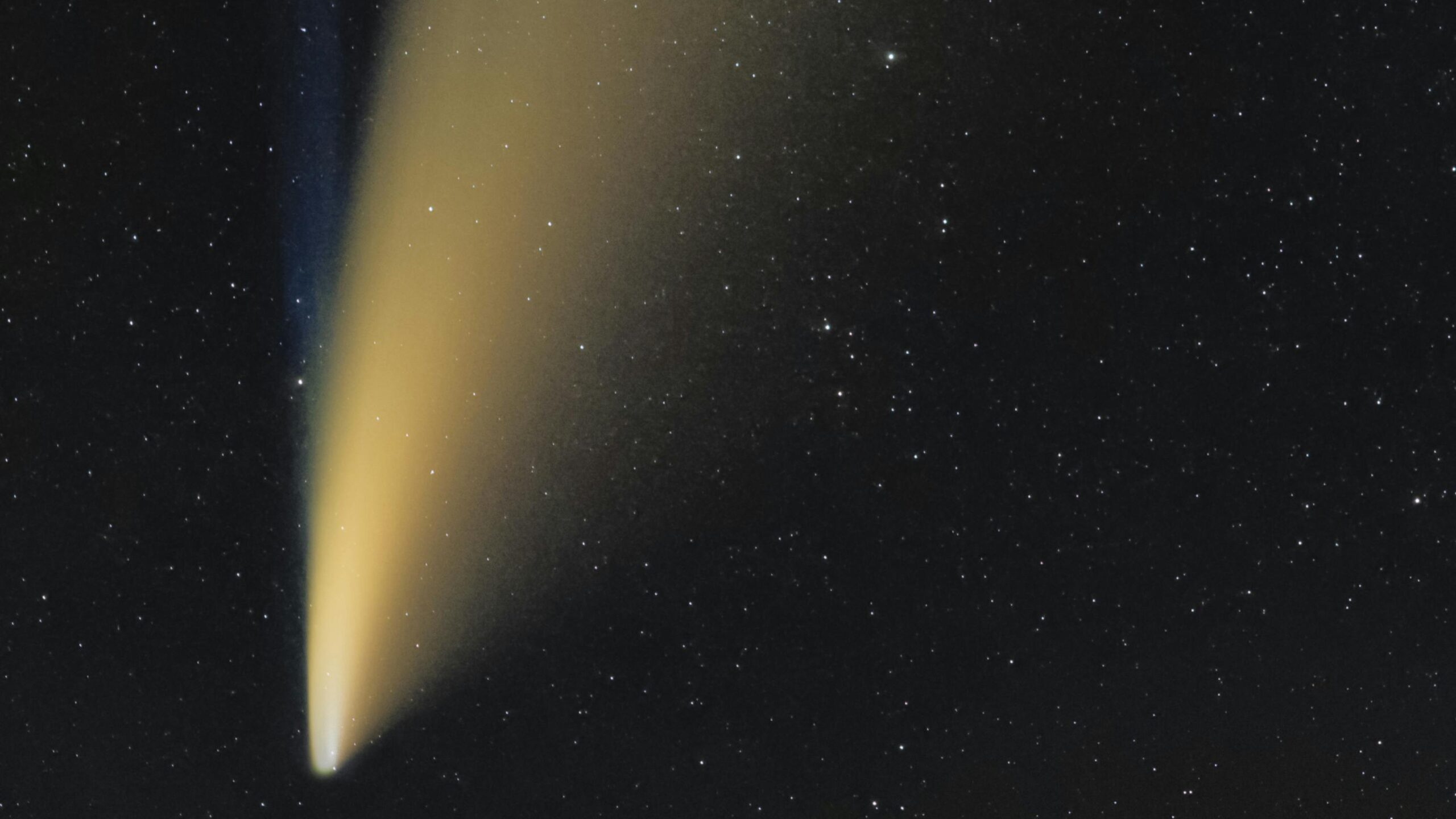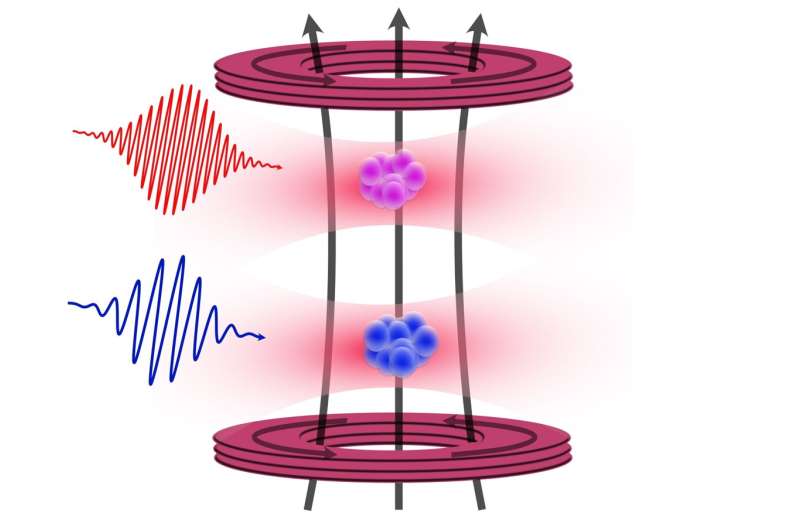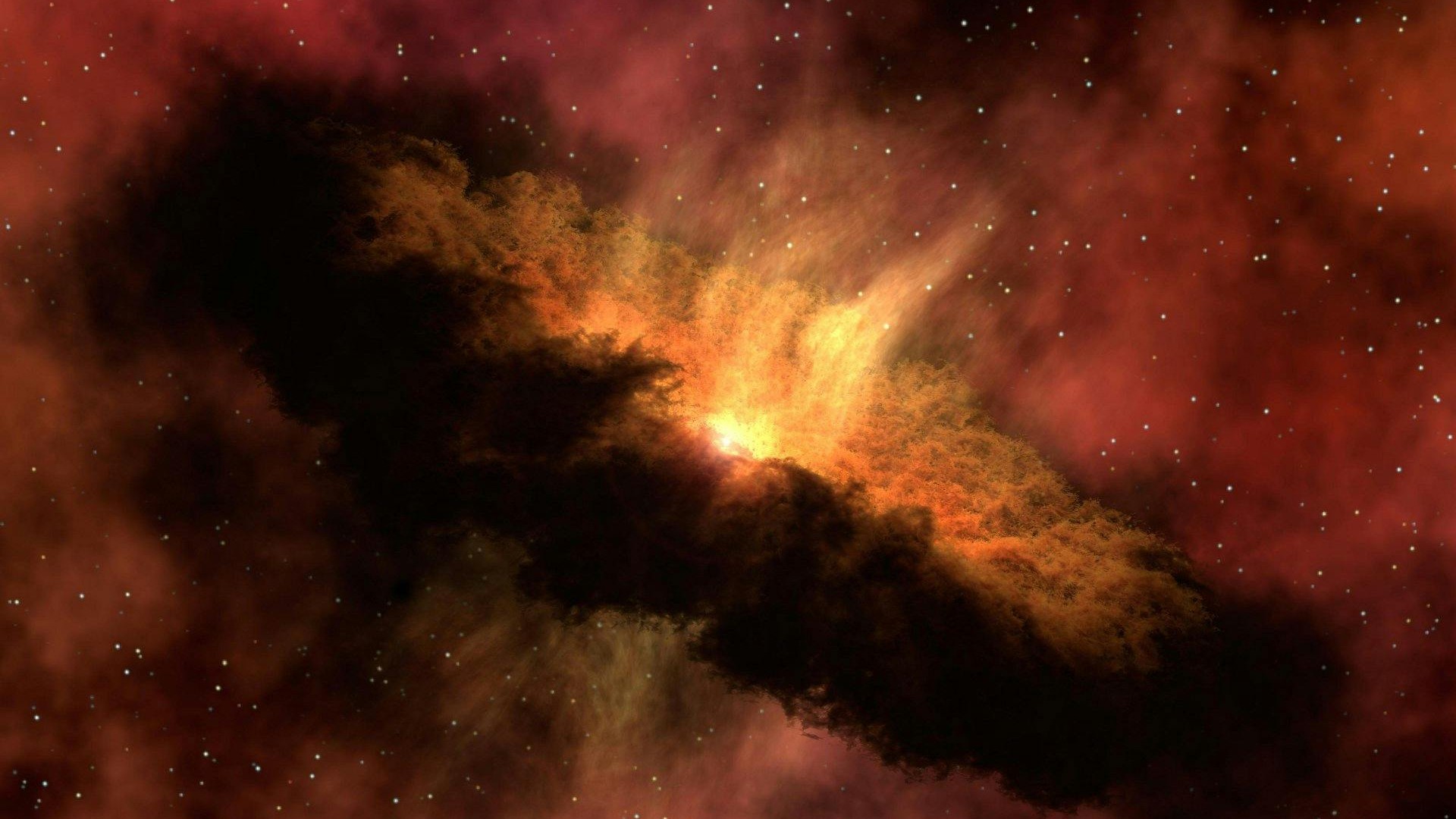When the interstellar object 3I/ATLAS appeared in our solar system this summer, it sparked excitement among astronomers and sky-watchers alike. Reports circulated widely, claiming the object had shifted colors from a vibrant red to a ghostly green as it neared the Sun. However, scientists affiliated with NASA have now clarified that this phenomenon may have been more of an illusion than a genuine transformation.
Discovered in July 2023, 3I/ATLAS is only the third confirmed interstellar object detected, following the well-known ‘Oumuamua in 2017 and 2I/Borisov in 2019. As it made its closest approach to the Sun on October 30, 2023, three solar observatories captured stunning images depicting the object flaring in brightness. Observations indicated that 3I/ATLAS appeared “distinctly bluer than the Sun,” leading to headlines suggesting multiple color changes.
Yet, according to Qicheng Zhang, a postdoctoral fellow at Lowell Observatory in Arizona, this interpretation overlooks crucial details. In remarks to Space.com, Zhang stated, “We don’t have any evidence for the gas coma changing colors. Our result just showed that the gas coma is likely still around and contributing substantially to the overall brightness.” The blue-green hue surrounding 3I/ATLAS is a typical phenomenon for comets, which release gas and dust as solar heat vaporizes their icy surfaces.
As sunlight interacts with molecules like diatomic carbon (C2) and cyanogen (CN), a bluish-green glow is emitted, a sight familiar to astronomers observing similar comets. Zhang noted that this process began as early as September when amateur astronomers first spotted a shimmering green halo around the object. “As far as we know, the comet just ‘changed color’ once when its gas coma first became visible or bright, and it’s still like that now — only brighter,” he explained.
Unusual Characteristics of 3I/ATLAS
Adding to the intrigue, fresh images taken on November 5, 2023, from the R. Naves Observatory in Spain reveal that 3I/ATLAS lacks a visible tail, a common characteristic of comets. This anomaly has left many astrophysicists puzzled. Avi Loeb, a scientist at Harvard University, remarked that if the interstellar object continues to show no tail, “it is likely not a naturally occurring comet.” His analysis published on Medium argues that this finding challenges traditional comet models, which predict a visible tail formed by intense solar heating and significant gas release.
Loeb has documented several anomalies that set 3I/ATLAS apart. The comet has brightened fivefold since its perihelion, displays an unusual anti-tail pointing towards the Sun, and follows a hyperbolic trajectory, indicating it originates from outside our solar system. The object’s substantial size, comparable to Manhattan, and its motion suggest a unique form of non-gravitational acceleration. This has prompted some to speculate about the possibility of alien-engineered propulsion, although NASA maintains that 3I/ATLAS is a naturally occurring object.
3I/ATLAS is expected to reach its nearest point to Earth in late December 2023, approximately 170 million miles away, before exiting the solar system in January. Loeb has urged NASA to release high-resolution images captured by the Mars Reconnaissance Orbiter’s HiRise camera, which he believes could shed further light on the object’s nature.
Loeb emphasized the importance of understanding such visitors: “When you have a visitor to your backyard, you better know its nature.” The ongoing investigation into 3I/ATLAS serves as a thrilling reminder of how much remains unknown about our cosmic neighborhood. Whether it is a typical interstellar comet or something more enigmatic, each revelation brings us closer to deciphering the mysteries that lie beyond our world.







